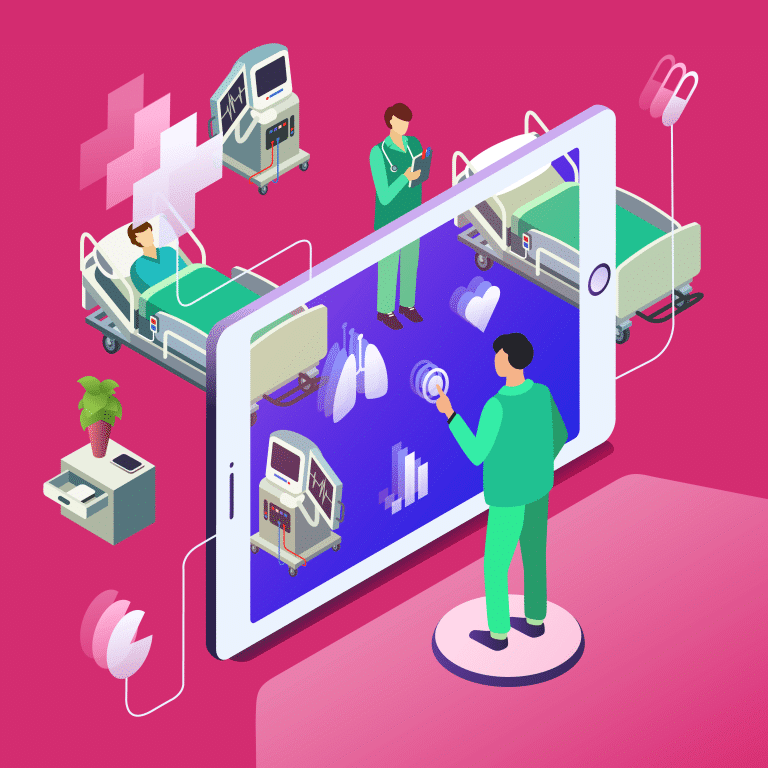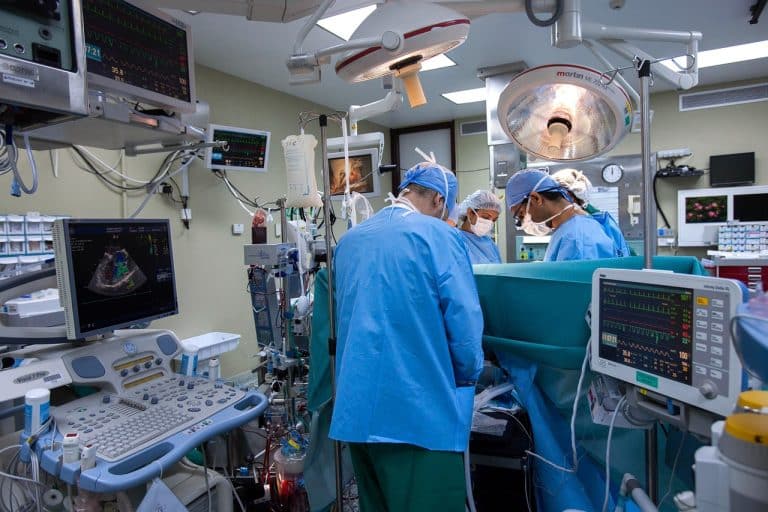When Maria Santos received her terminal cancer diagnosis last spring, her oncologist delivered the devastating news with clinical precision: conventional treatments had failed, and she had perhaps six months to live. But Dr. Martinez also mentioned something that would consume Santos’s thoughts for weeks to come—experimental therapies that might, just might, offer hope where traditional medicine had reached its limits.
Santos’s journey into the labyrinthine world of experimental treatments reflects the reality faced by thousands of terminally ill patients who find themselves caught between hope and bureaucracy, between cutting-edge science and regulatory gatekeepers. For patients with limited time, navigating this complex system becomes a race against both the clock and an intricate web of protocols, paperwork, and eligibility requirements.
The landscape of experimental therapies has expanded dramatically in recent years. Clinical trials now encompass everything from immunotherapy combinations and gene therapies to novel drug formulations and medical devices. The National Cancer Institute alone sponsors hundreds of active trials, while private pharmaceutical companies conduct thousands more worldwide. Yet for patients like Santos, accessing these potentially life-saving treatments requires traversing a system that can feel designed to exclude rather than include.
The first hurdle is often the most fundamental: finding relevant trials. While databases like ClinicalTrials.gov provide comprehensive listings, the medical jargon and complex eligibility criteria can overwhelm patients already struggling with their diagnosis. Many rely on their oncologists to identify suitable options, but specialists may not always be aware of the latest trials or may lack the time to conduct thorough searches across multiple institutions.
“The information gap has spawned a cottage industry of patient advocacy organizations and specialized consulting services. Groups like the National Cancer Institute’s Cancer Information Service and private companies offer trial matching services, though these resources remain unknown to many patients.”, says Early Access Care who services the CUP program.
For those who do find them, the services can prove invaluable in identifying trials that physicians might have missed.
Once potential trials are identified, the eligibility screening process begins. This stage often proves the most frustrating for patients and families. Trial protocols are designed with scientific rigor in mind, establishing specific criteria for patient characteristics, disease stage, previous treatments, and overall health status. While these requirements ensure valid research results, they can feel arbitrary and cruel to desperate patients who fall just outside the parameters.
Santos discovered this firsthand when she was excluded from a promising immunotherapy trial because she had received a particular chemotherapy regimen six months earlier—one day shy of the six-month washout period required by the protocol. “I understand they need rules,” she says, “but when you’re dying, a difference of one day feels meaningless.”
The geographic barriers add another layer of complexity. Many cutting-edge trials are concentrated at major academic medical centers, often requiring patients to relocate temporarily or travel hundreds of miles for treatment. For patients weakened by their disease and treatment, such travel becomes a significant burden. Insurance rarely covers these expenses, and patients must often exhaust personal savings or rely on charitable organizations for financial assistance.
The consent process itself can overwhelm patients already dealing with cognitive effects from their disease or previous treatments. Informed consent documents for experimental therapies often span dozens of pages, detailing potential side effects, uncertain benefits, and complex procedures. Patients must absorb this information while processing their terminal diagnosis and making decisions under extreme time pressure.
Even after enrollment, patients face ongoing challenges. Experimental treatments often require frequent monitoring visits, additional tests, and careful coordination between research teams and local physicians. The emotional toll of participating in a trial—with its inherent uncertainty and potential for disappointment—adds to the burden carried by patients and their families.
Recent policy changes have attempted to address some of these barriers. The FDA’s expanded access programs, often called “compassionate use” pathways, allow some patients to access experimental drugs outside of clinical trials. However, these programs remain limited in scope and require pharmaceutical companies to voluntarily provide their investigational drugs—a decision that depends on factors beyond patient need.
Technology is beginning to offer solutions to some longstanding problems. Telemedicine platforms enable remote monitoring for some trials, reducing travel requirements. Artificial intelligence systems are being developed to match patients with appropriate trials more efficiently. Electronic health records are being integrated with trial databases to streamline the screening process.
Despite these advances, fundamental challenges persist. The scientific rigor that makes clinical trials valuable also makes them exclusionary. The regulatory framework that ensures safety also creates delays. For terminal patients, these trade-offs feel particularly acute when measured against their remaining time.
Santos ultimately enrolled in a trial three months after her initial diagnosis, following an exhaustive search that involved her medical team, a patient advocacy organization, and countless hours of research by her family. The treatment has stabilized her disease, though whether this represents a temporary reprieve or lasting benefit remains unknown.
Her experience illustrates both the promise and the peril of experimental therapies for terminal patients. While these treatments offer hope where none existed before, accessing them requires navigating a system that demands persistence, resources, and often a measure of luck. For patients racing against time, these obstacles can mean the difference between opportunity and despair.
As the pipeline of experimental therapies continues to expand, the challenge lies not just in developing new treatments, but in ensuring that the patients who need them most can actually access them. The complexity of this system reflects the complexity of modern medicine itself—sophisticated and promising, yet still struggling to serve those who need it most urgently.









